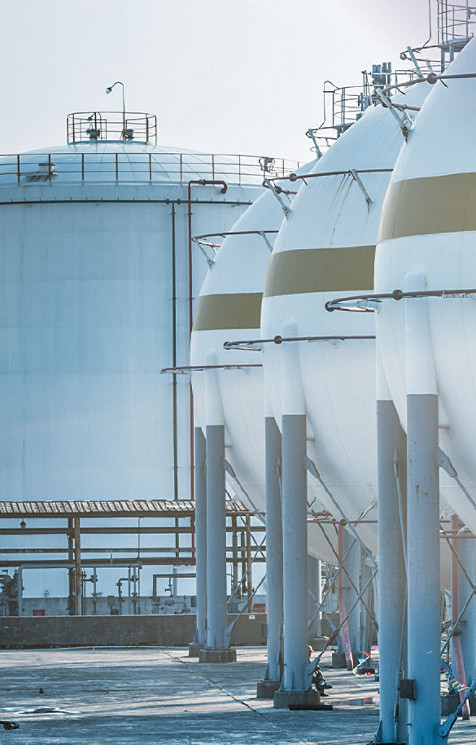What is the oil and gas supply chain?
The oil and gas industry operates through a global supply chain that includes domestic and international transport, trading, shipping, ordering, and inventory visibility and control. Other supply chain elements include material handling, import/export facilities, and the distribution of refined energy products from points of origin to market.
Typically, the supply chain is divided into three segments. The upstream segment finds and produces crude oil and natural gas. The midstream segment handles the processing, storing and transporting of energy commodities. And the downstream segment encompasses oil refineries, retail outlets and natural gas distribution companies.
What are the business benefits of the oil and gas supply chain?
Given the many steps involved in energy processing, transportation and logistics, the oil and gas supply chain is understandably complex. Yet with global competition on the rise, industry professionals find that supply chain improvements are both necessary and cost effective.
Leveraging the cloud, Internet of Things (IoT), team collaboration and blockchain digital technologies, among others, enhanced value chains can reduce costs and enhance operations at every stream of oil and gas production. For example, digital systems can help mitigate risk, optimize warehouse inventory strategy, monitor the logistics of transportation, enhance the customer experience, and help ensure the best procurement strategies are in place.



















